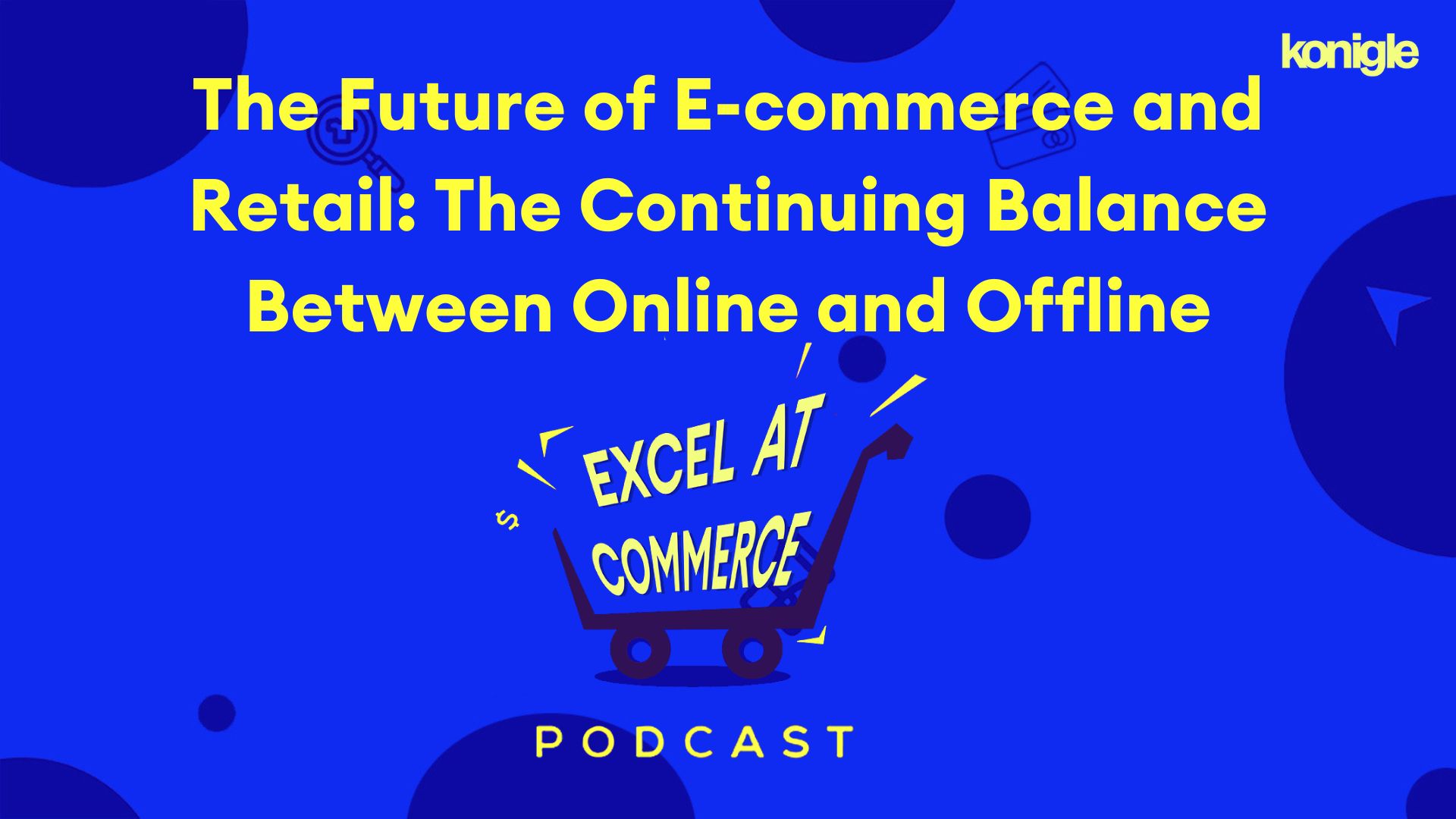The Future of E-commerce and Retail: The Continuing Balance Between Online and Offline

June 26 2023
The next 3-5 years of e-commerce and retail will see gradual integration of online and offline channels, with potential advancements in AR. However, differentiation and exceptional customer experiences remain the key for success.
Introduction
As e-commerce and retail have evolved over the past decade, there has been limited innovation in the way people shop online. The introduction of AI-driven solutions has been the most significant recent development, but it hasn't fundamentally changed the shopping process. Customers still visit platforms, search for products, compare prices, read reviews, and make purchases. This article explores the anticipated trajectory of e-commerce and retail in the premium segment over the next 3 to 5 years, acknowledging the current lack of significant transformations while considering potential advancements such as augmented reality (AR).
The Current State of Shopping
Despite technological advancements, the core shopping experience remains relatively unchanged. Customers primarily rely on a few key websites, engage in the traditional e-commerce process, and continue to gravitate towards familiar platforms. Luxury brands may offer personalized butler services to ultra-high-net-worth individuals, but for the majority of consumers, the shopping experience remains the same. While AI and other technologies have made incremental improvements, the integration of these advancements into mainstream shopping behavior is hindered by the need for additional equipment and complexity.
Augmented Reality and the Future of Shopping
One potential game-changer in the future of retail is the integration of augmented reality (AR). AR has the potential to revolutionize the buying experience by enabling customers to visualize products more accurately and make more informed decisions. However, widespread adoption depends on the availability and ease of use of AR devices, such as augmented reality goggles. Until AR technology becomes seamlessly integrated with everyday devices like mobile phones, the mass adoption of AR for shopping purposes may remain limited.
The Online-Offline Continuum
Rather than a stark divide between online and offline shopping, the next few years are likely to witness a more seamless integration of both channels. Buzzwords like "online-only," "offline-only," and "omnichannel" may fade away as retailers strive to provide a cohesive journey for customers. Consumers will continue to visit physical stores to experience products firsthand, seek personalized assistance, and enjoy the tactile aspect of shopping. Simultaneously, they will leverage online platforms for convenience, price comparisons, and recommendations from peers. The value and cost of the product will influence whether consumers opt for online or offline purchases.
The Role of Differentiation
While advancements in technology and the merging of online and offline channels are anticipated, differentiation remains a critical factor for success. Creating another website or relying solely on price comparisons is insufficient to attract and retain customers. Brands must focus on standing out through unique offerings, exceptional customer service, and tailored experiences. Competitive pricing alone is no longer enough to secure customer loyalty. Establishing a strong brand identity and delivering value beyond the transaction are vital elements in a competitive marketplace.
Conclusion
The next 3 to 5 years in e-commerce and retail will likely be characterized by a gradual integration of online and offline channels. While significant transformations are not expected, advancements in augmented reality have the potential to reshape the buying experience once seamlessly integrated with everyday devices. Despite technological advancements, differentiation and exceptional customer experiences will remain crucial for brands seeking success in the premium segment. As the industry evolves, the ability to adapt to changing consumer expectations and provide a seamless, personalized journey across channels will determine the winners in the competitive retail landscape.